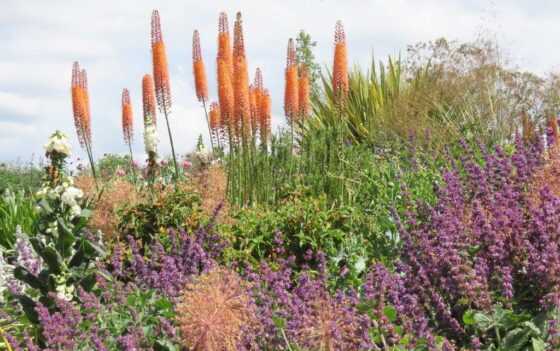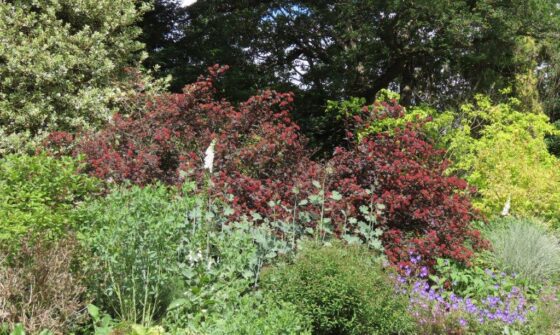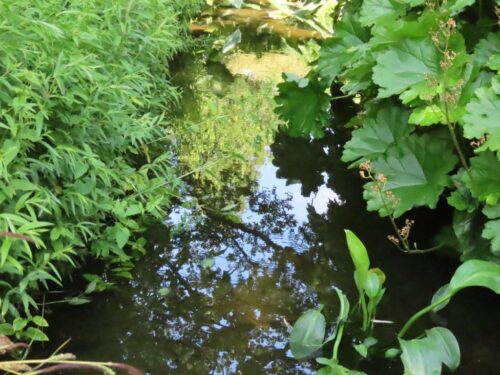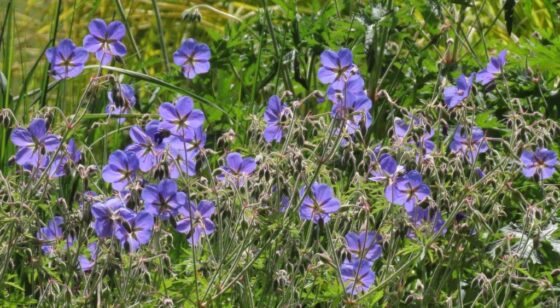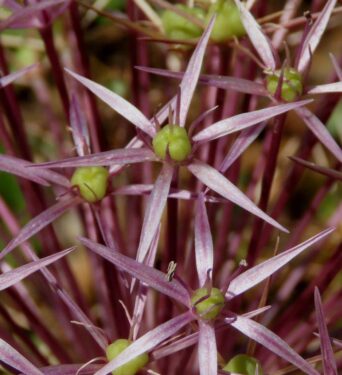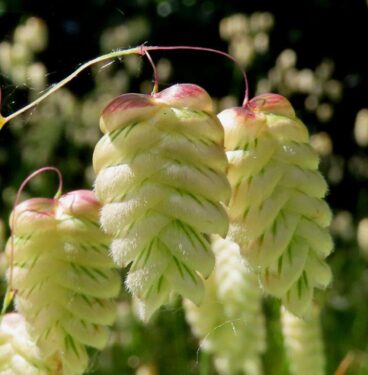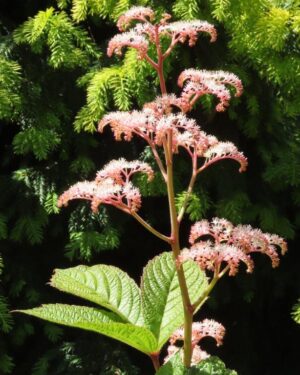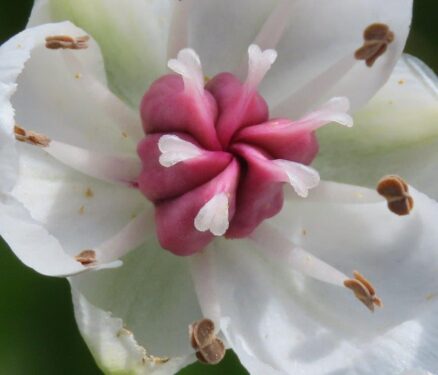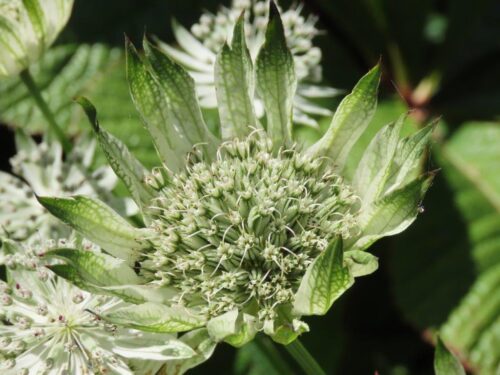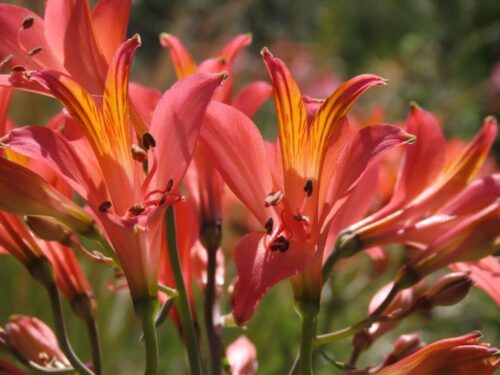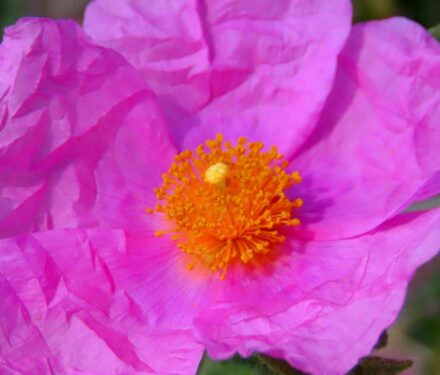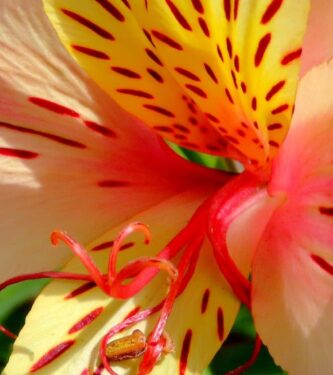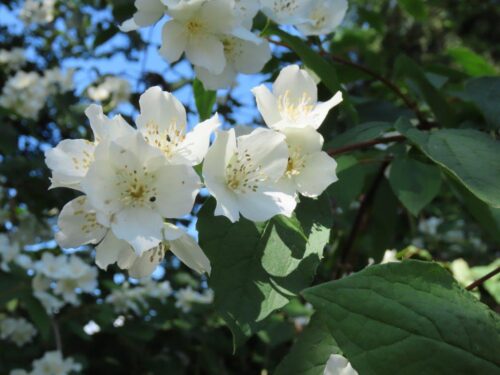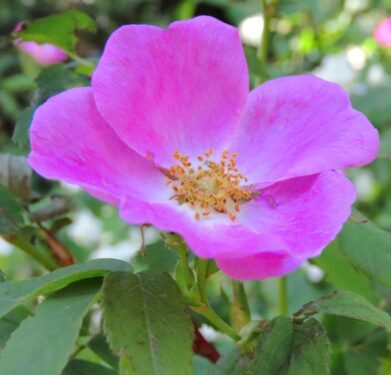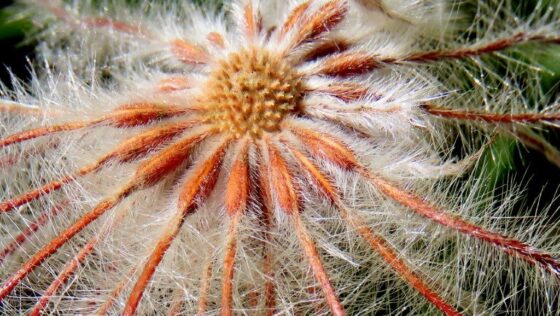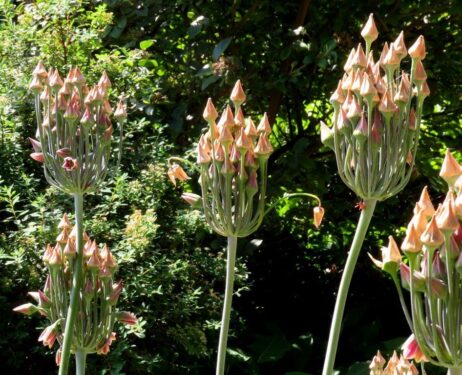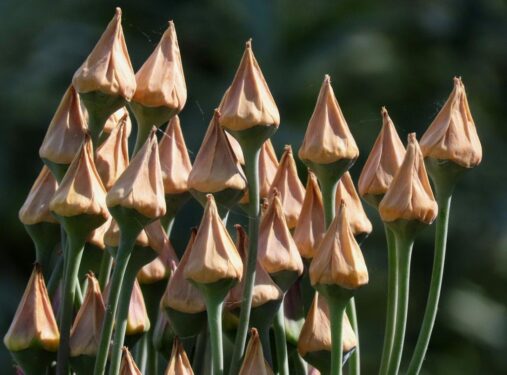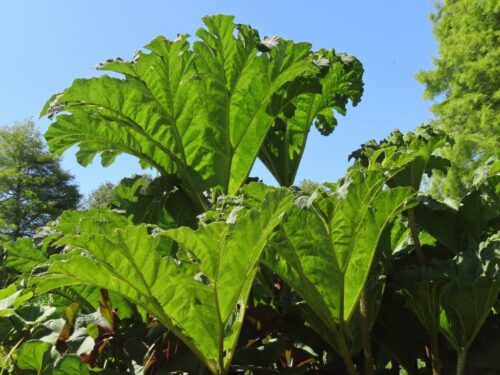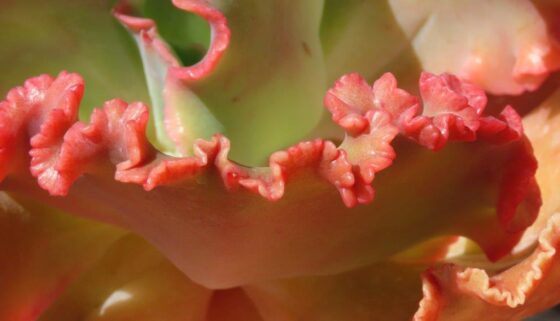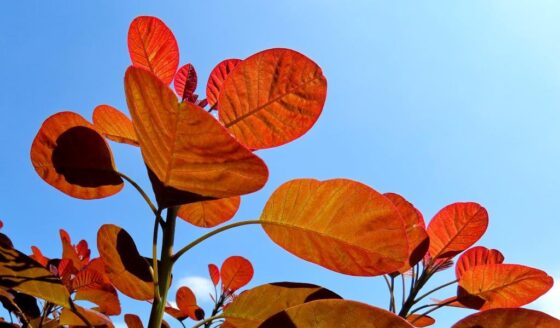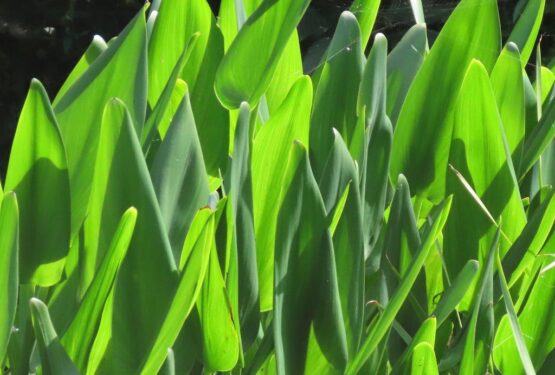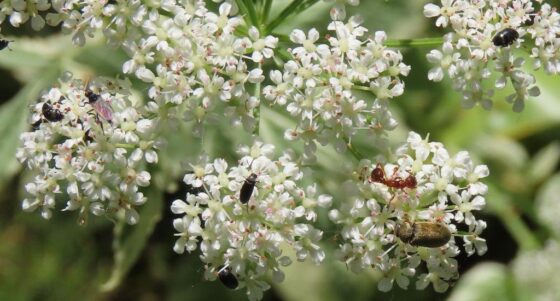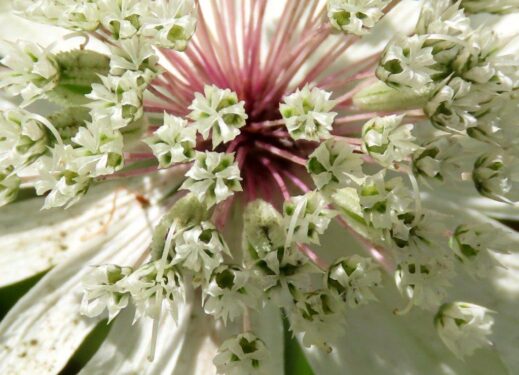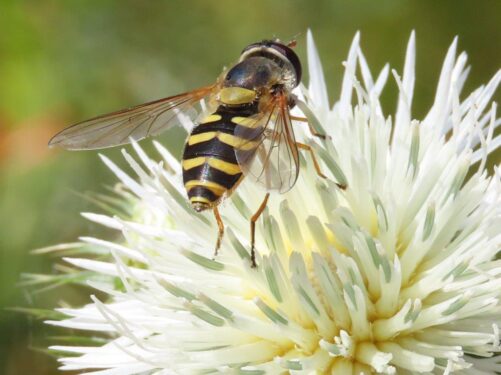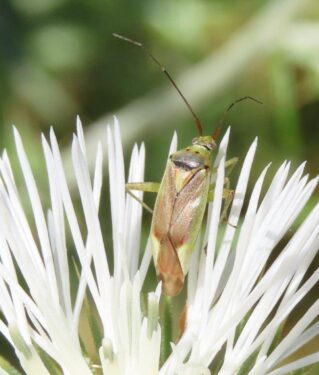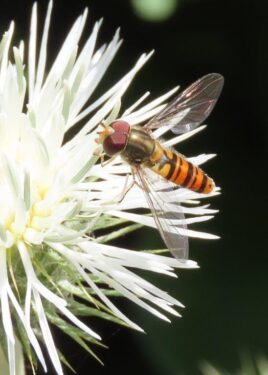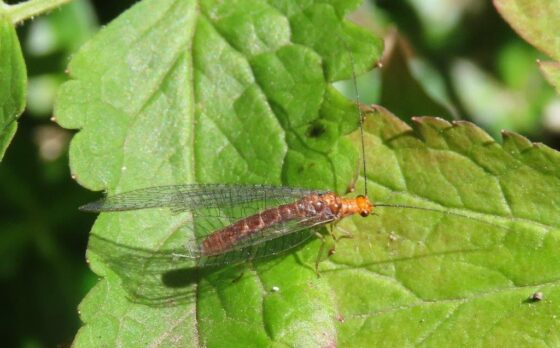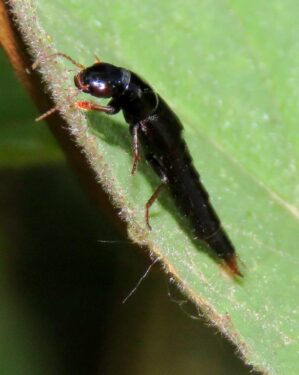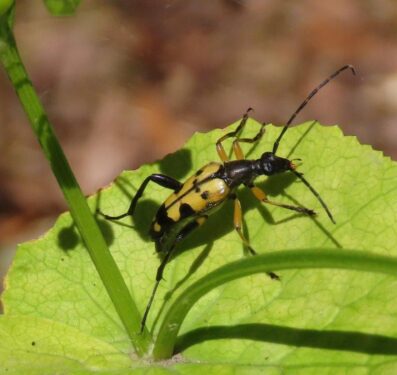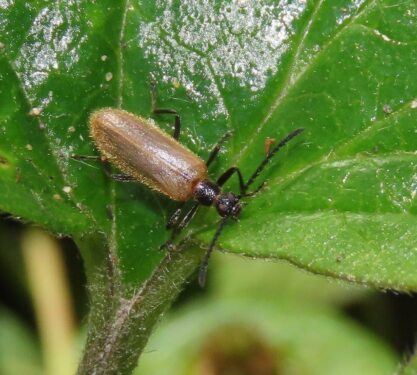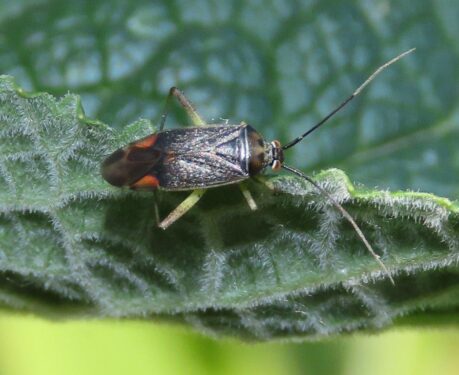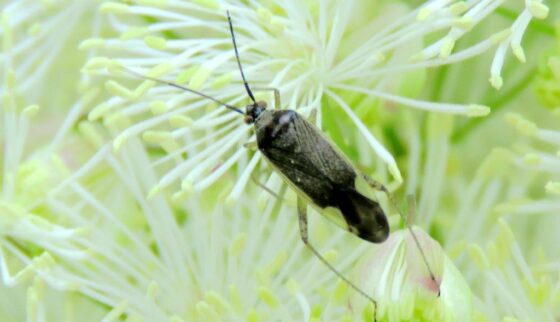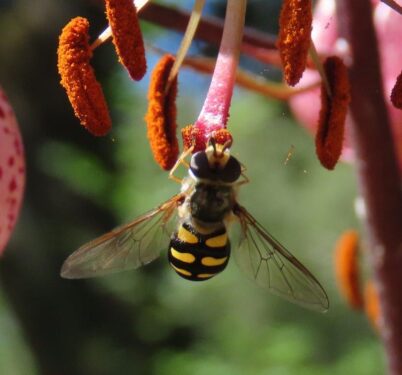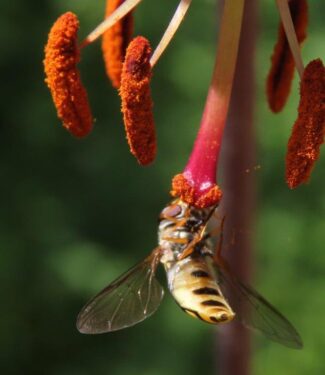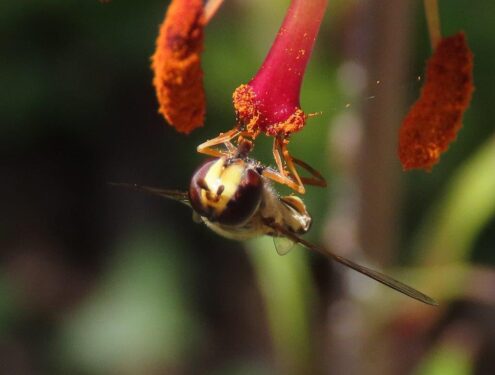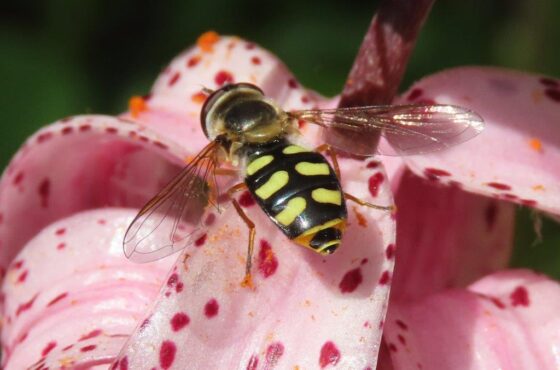After nearly three months of (understandable) closure, we have finally been able to return to the haven that is the Beth Chatto Gardens. And never have the sights, scents and sounds been so welcome, albeit the soundscape of buzzing bees and singing birds being intruded upon by agriculture – gas guns and reservoir pumping.
Despite challenging weather conditions, with virtually no rain for the first two months, the gardens still have a verdancy unparallelled in the semi-aridity of coastal Essex:
Flowers, mostly old friends were there to greet us, but there are always surprises, especially with different camera angles and perspectives:
And so many of the flowers come with evocative scents, so arresting in the warm, still air, our lungs as yet unclogged by post-lockdown pollution; the combination of Philadelphus and Rosa in the Gravel Garden was like a tentacle of scent drawing us back again and again, unwilling to release us:
Of course, a plant is not just a flower. Its leaves and seeds can provide visual delights in their own right:
Even our bête noire Thalia dealbata (see why here) was looking stately (albeit somewhat stunted) in the pond margins, a whole palette of greens. Let’s hope the plans to reduce or remove any flowering stems and save pollinators will not have been forgotten as we embrace our new normal:
This last weekend should have been our planned ‘Get to Know Your Garden Invertebrates’ course. But inevitably, that fell foul of Covid. Maybe next year, and we now know some of the useful places to search for them. In particular the flowers of composites and umbellifers, with respectively Galactites and Astrantia currently in pole position.
Aside from the usual suite of pollinators, some of the other exciting insects included the large golden lacewing Nothochrysa capitata, a large rove-beetle with golden bridle and paws Tasgius morsitans, the Black-and-yellow Longhorn Rutpela maculata, and the hairy beetle Lagria hirta.
A smart black and red plant bug was one form of the variable Clostertomus trivialis. First recorded in Britain in London in 2008, this has spread elswehere in the south, although the Essex Field Club map shows only one previous record for the county, from Harlow. However, on reference to our pictures from last year we realised we had see it (in its alternative, yellow marked morph) here in the garden in June 2019.
And finally, the Martagon Lilies in the Woodland Garden. We have never really thought of them as being especially valuable insect food resources, but one hoverfly had different ideas. We watched this Eupeodes luniger visit several flowers and industriously feast upon the pollen. But only the pollen which had been transferred from the anthers to the stigma: maybe the hoverfly isn’t strong enough to dislodge pollen grains from the anther, and so has to rely on other species to do its heavy work?
And as I wrote those words, I was suddenly struck by a thought – ‘don’t adult hoverflies just eat/drink nectar and honeydew?’. A quick search soon reassured me our observation was correct: hoverflies are one of the few kinds of insects that can digest pollen, the surface coating of pollen grains beings resistant to most insect digestive juices. and it forms a protein-rich food source for the developing eggs. Every day is a day for learning!
